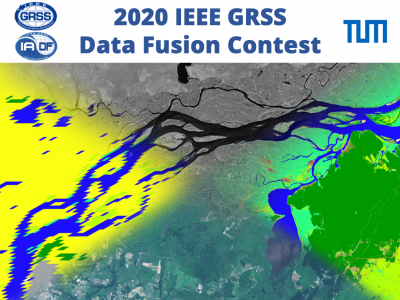TIFF

3D datasets used in Toward-ground-truth optical coherence tomography. Guangming Ni et al., "Toward ground-truth optical coherence tomography via three-dimensional unsupervised deep learning processing and data", 2023 There are two dataset: OCT-R1 and OCT-R2. OCT-R1 contains three-dimensional (3D) data collected from 41 human eyes using a BM-400K BMizar (Topi Ltd.) OCT scanner at Sichuan Provincial People's Hospital. To enhance the diversity of the data, we performed scans over two different ranges.
- Categories:
 83 Views
83 Views
This data is related to Novel window for cancer nanotheranostics: non-invasive ocular assessments of tumor growth and nanotherapeutic treatment efficacy in vivo published at https://doi.org/10.1364/BOE.10.000151
The file also contains Deep Learning Codes for segmentation of Tumor using U-Net model. Training weights are also uploaded.
- Categories:
 676 Views
676 ViewsSynthetic Aperture Radar (SAR) images can be extensively informative owing to their resolution and availability. However, the removal of speckle-noise from these requires several pre-processing steps. In recent years, deep learning-based techniques have brought significant improvement in the domain of denoising and image restoration. However, further research has been hampered by the lack of availability of data suitable for training deep neural network-based systems. With this paper, we propose a standard synthetic data set for the training of speckle reduction algorithms.
- Categories:
 3149 Views
3149 Views

